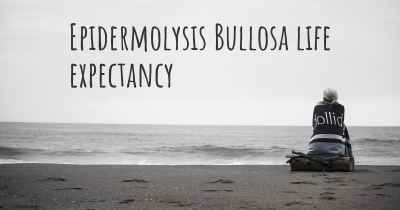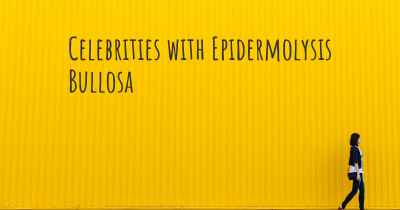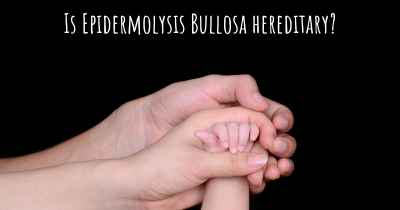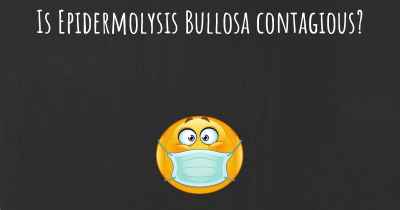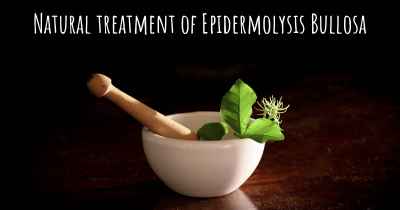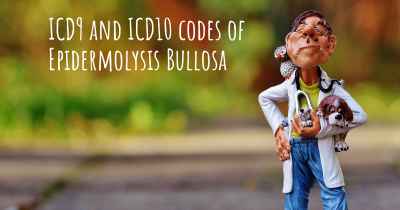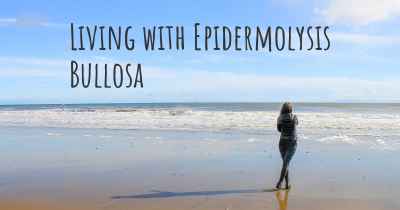1
Which are the symptoms of Epidermolysis Bullosa?
See the worst symptoms of affected by Epidermolysis Bullosa here
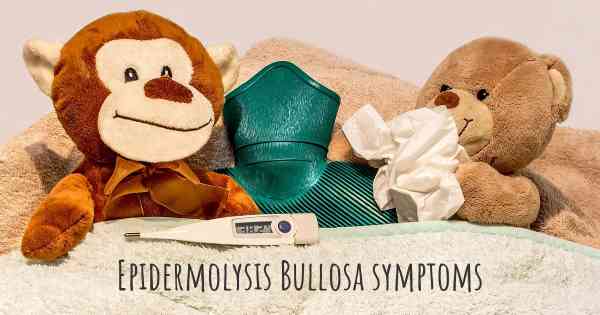
Epidermolysis Bullosa (EB) is a rare genetic disorder that affects the skin and mucous membranes. It is characterized by extreme skin fragility, leading to the formation of blisters and erosions with minimal friction or trauma. The severity of symptoms can vary widely, ranging from mild to life-threatening.
There are four main types of Epidermolysis Bullosa:
- Epidermolysis Bullosa Simplex (EBS): This is the most common type of EB. It causes blistering within the epidermis, the outermost layer of the skin. Blisters typically occur on the hands, feet, knees, and elbows. The blisters are usually small, clear, and may be painful. They tend to heal without scarring.
- Junctional Epidermolysis Bullosa (JEB): JEB is a more severe form of EB that affects the junction between the epidermis and the dermis, the layer beneath. Blisters can occur all over the body, including the mucous membranes. These blisters are often larger, more widespread, and prone to infection. Healing is slower, and scarring is more common.
- Dystrophic Epidermolysis Bullosa (DEB): DEB is characterized by blistering within the dermis. Blisters can occur anywhere on the body and may be large, tense, and prone to scarring. In severe cases, the nails, teeth, and mucous membranes may also be affected. DEB can lead to complications such as malnutrition, anemia, and growth retardation.
- Kindler Syndrome: Kindler Syndrome is a rare form of EB that affects multiple layers of the skin. Blisters can occur at birth or develop later in life. In addition to blistering, individuals with Kindler Syndrome may experience photosensitivity, skin atrophy, and increased risk of skin cancer.
The symptoms of Epidermolysis Bullosa can include:
- Blisters: The hallmark symptom of EB is the formation of blisters, which can range in size from small to large. Blisters may be clear or bloody, and they can occur on the skin, mucous membranes, and even internal organs in severe cases.
- Open sores and erosions: Blisters can rupture, leading to open sores and erosions on the skin. These wounds are painful and can be slow to heal. They are also prone to infection, which can further complicate the condition.
- Scarring: In some forms of EB, particularly DEB, blisters can lead to scarring. Scarring can cause joint contractures, which restrict movement, and may affect the appearance of the skin.
- Difficulty swallowing and eating: EB can affect the mucous membranes in the mouth and throat, making it difficult to swallow and eat. This can lead to poor nutrition and weight loss.
- Oral and dental problems: EB can cause dental abnormalities, such as tooth decay, enamel defects, and gum disease. Blistering and scarring in the mouth can also lead to a limited ability to open the mouth fully.
- Hand and foot deformities: Chronic blistering and scarring can cause deformities in the hands and feet. This can lead to difficulties with fine motor skills, walking, and gripping objects.
- Delayed growth and development: Children with EB may experience delayed growth and development due to the body's increased energy demands for wound healing and the challenges of living with the condition.
- Eye complications: Some forms of EB can affect the eyes, leading to problems such as corneal abrasions, scarring, and vision loss.
- Increased risk of skin cancer: Individuals with certain types of EB, such as Kindler Syndrome, have an increased risk of developing skin cancer, particularly squamous cell carcinoma.
It is important to note that the severity and specific symptoms of Epidermolysis Bullosa can vary greatly depending on the type and subtype of the condition. Some individuals may have milder symptoms and a better prognosis, while others may experience severe complications and a reduced quality of life.
Diseasemaps
Translated from portuguese
Improve translation
Pain, discomfort, limitations.
Posted Aug 21, 2017 by Michelle 1000
